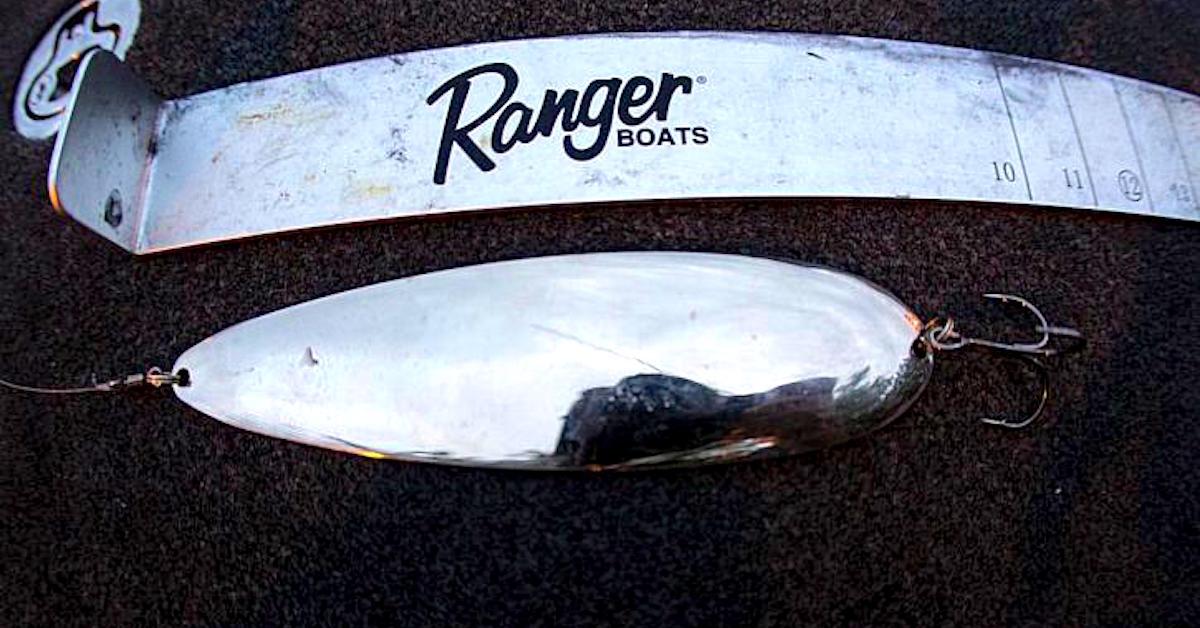The Ins and Outs of Fishing Flutter Spoons
Flutter spoons may have originated on the famed reservoirs of east Texas, but they’ve made their home on the Tennessee River. Check the report from almost any recent summertime tournament held on Kentucky Lake, Pickwick, or Chickamauga and you’re more than likely to see a flutter spoon playing into the success of the top finishers. The reason for the flutter spoon’s success is that it imitates the bigger (8-12 inch) gizzard shad that anglers are discovering make up more and more of bass’ diet in that region. Their erratic flutter and profile are too much to handle, and schooled up bass can’t resist the large meal they represent.As popular as they are though, there hasn’t been a ton of information available on how to rig them and how to fish them.Here’s how.Rig it: Flutter spoons are not finesse, and require a stout 7 foot 6 inch to 8 foot heavy action rod with a soft tip. The rod should be paired with a high-speed (at least 7.1:1) reel to take up slack when a fish inhales the spoon on the fall. Depending on your preference, you can fish a spoon on either 20 pound fluorocarbon, or 40 pound braid with a swivel and a 2-3 foot fluorocarbon leader. Stroke it: Make a long cast to the area that you want to fish, and let the spoon fall on “controlled slack.” What this means is that you don’t want the spoon to pendulum because it won’t flutter. So pull some extra line out after the spoon hits the water and follow it to the bottom with your rod tip keeping a slight bow in the line. Watch for a telltale “tic” or for it to stop before the bottom – bass frequently bite it on the fall. Once it hits bottom, “stroke” it up in large 2-5 foot hops off the bottom, and let it flutter back down on semi-slack line. This erratic action really ignites schools of offshore bass that won’t eat anything else.Sweep it: If stroking the spoon isn’t working, the other way to fish one is to work it back in a “sweeping” motion similar to a rapidly fished Carolina rig. Sweeping the spoon actually makes it flutter sideways, which looks like a big gizzard shad trying to escape. Sweeping is most effective in areas without much cover, as it tends to get hung up in heavy rocks or around brush.
Updated September 22nd, 2015 at 12:10 AM CT


